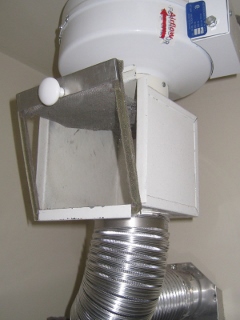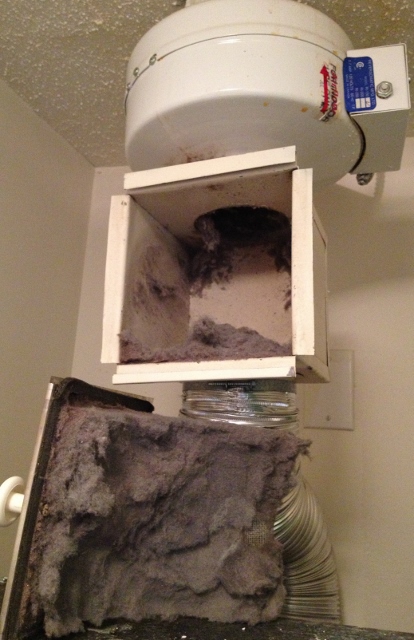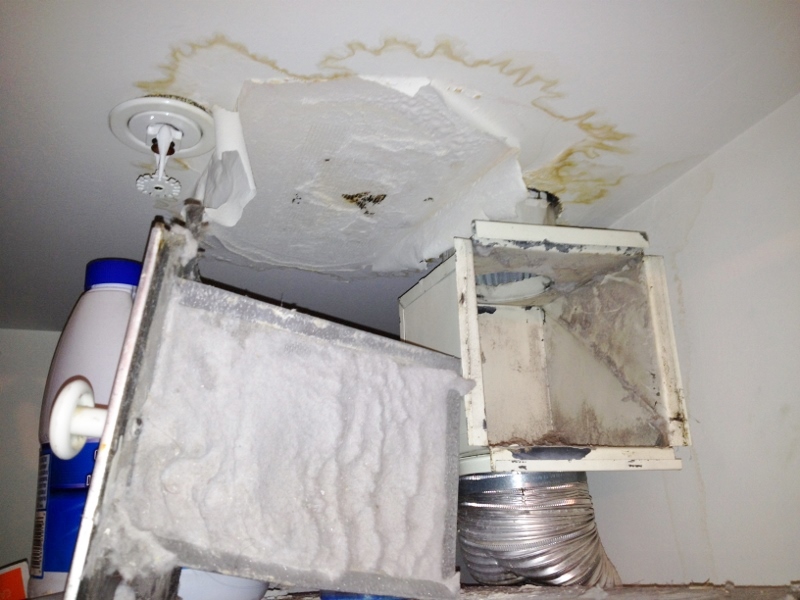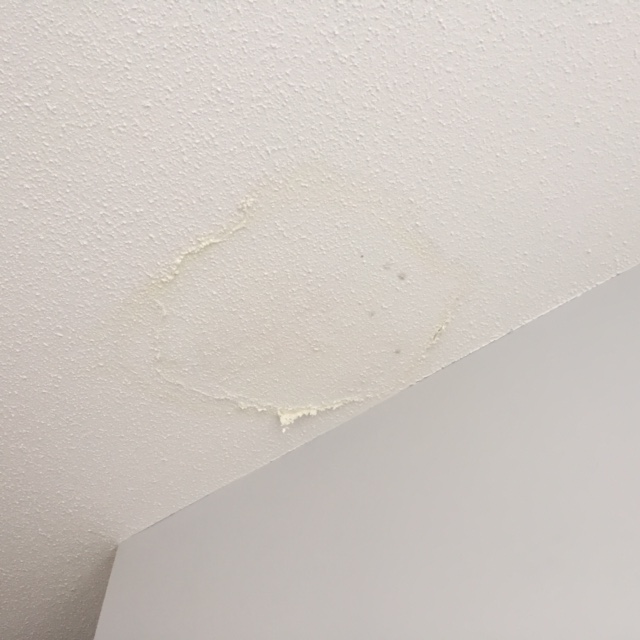All the clothes driers at Brava have two lint traps.
Where are they?
One lint trap is located in the dryer itself and the other is mounted outside and above the dryer.
Cleaning the Internal Trap
Consult your owners manual for the location of the internal lint trap on your dryer. From here on all instruction will assume you still have the washer/dryer pair originally installed by the Brava developer.
The internal lint trap, located in the back wall of the dryer drum, should be cleaned before each dryer load. This is as easy as pulling the lint out with your hand, vacuuming it out or rinsing the screen under running water.
When cleaning the internal trap you should also vacuum out the location at the back of the drum where the lint trap is inserted. Any lint in this area will clog the upper lint trap if it comes loose.
This photo shows an internal lint trap housing that has not been cleaned in quite a while.
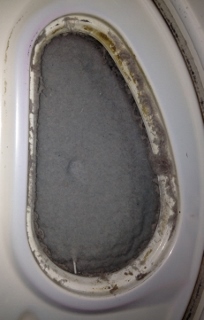
Cleaning the External Lint Trap
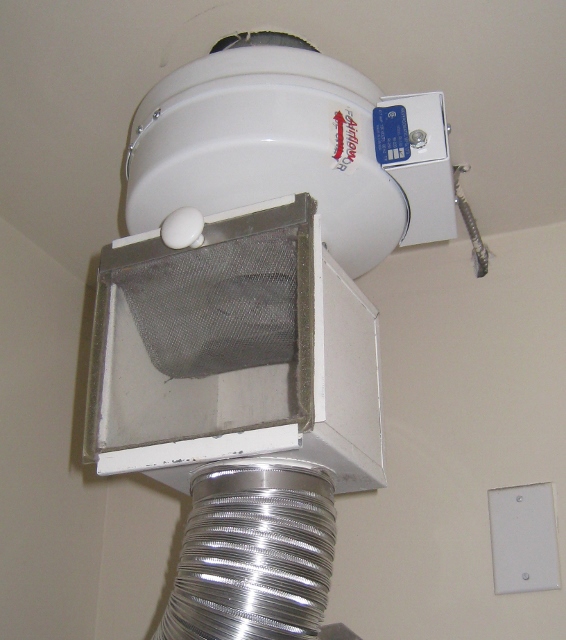
The trap above the dryer should be cleaned as needed. Use the same methods of cleaning as above.
Keeping the plexiglass lint trap cover clean allows for easy visual inspection.
Removing the External Lint Trap Cover
The trap cover is removed by grasping the knob and sliding the cover up or down and then pulling it out. The direction you need to slide the cover depends on how the trap was installed.
What can happen if you don’t keep them clean?
These photos show how long term lack of cleaning, in separate units, has allowed enough condensation to form in the area to allow rust stains to form on the booster fan and cause damage to the ceiling.
Plugged lint traps during dryer use will result in longer dry times, increased electrical consumption, and the condensation of water in the dryer housing or the dryer ducts running within the concrete ceiling.
Water condensing in the duct work can leak out anywhere along the dryer duct which can lead to ceiling damage or staining. Often the stain or damage can occur in the center of a room.
Here’s an example of such a stain which will be very difficult to repair so it’s no longer visible.
Water condensing inside the dryer housing can lead to damage to the electrical devices mounted on the control panel of the washer/dryer. This has, on one occasion, led to a washer overfilling with water and causing a flood.


